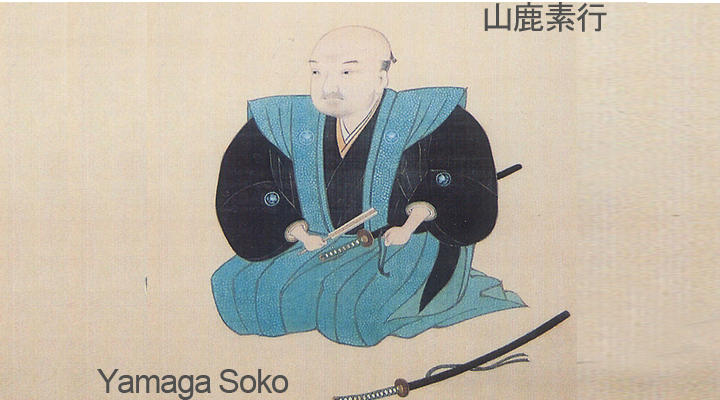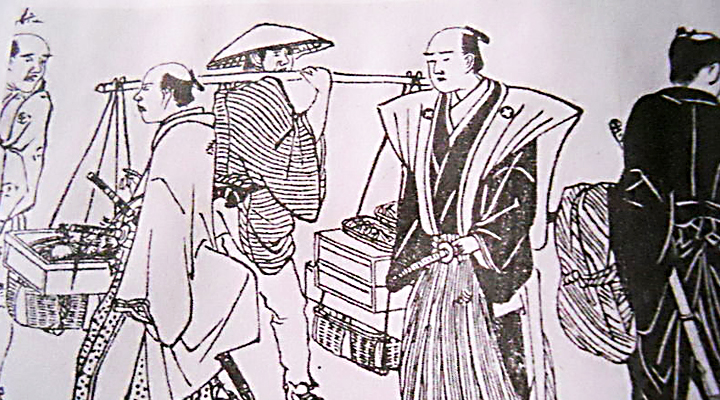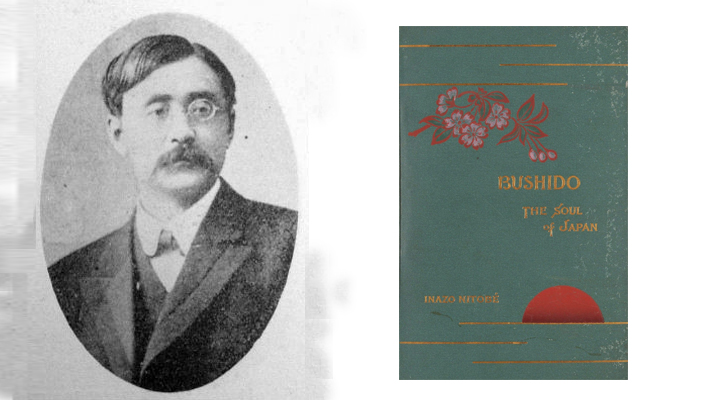Samurai values and mentality
Ruler ethics incorporating elements of Confucianism
Many Japanese see a samurai not simply as a barbaric soldier, but also as a person of morals and ethics. This has much to do with the transformation of the Edo shogunate into a civilian government, and the implementation of the Pax Tokugawa in the late 17th century.
Up to the Sengoku era, the lifestyle of a samurai had been referred to as that of a “warrior with bow and arrow,” whereas the readiness to die occupied a large percentage within the ascetic practices of a samurai. Upon entering the Edo period, the samurai were given roles as part of the Tokugawa administration, and the functions of their respective individual military groups were put on ice. In addition, while retaining their warrior character and attitude, they were also required to develop the moral sense of a leader who is able to attract people.
The Edo shogunate incorporated Confucianism, the polar opposite of armed fight, as an educational system that encourages a samurai’s consciousness as a ruler. Samurai were instructed to borrow expressions and ideas from Confucianism that help them to strictly restrain themselves as policymakers, and straighten their attitudes and behaviors. In “Yamaga Gorui,” established in 1663, military strategist and Confucianist Yamaga Soko suggests that “a samurai should set an example by showing wellmannered behavior in all his movements.” Furthermore, Yamaga’s disciple Daidoji Yuzan argues in ”Budo Shoshinshu (The Code of the Samurai)” (1716-36) that, “Above all else, the samurai must be firmly resolved that he can die anytime, day or night, from the time he eats his zoni soup on the morning of the first day of the new year until the night of the last day of the year. […] Loyalty, justice and valor are most essential to Bushido. The samurai possessed of these three virtues is the most outstanding example thereof.”
The ideal samurai as depicted in proverbs
Such kind of samurai thinking and acting was incorporated also into Kabuki, Joruri or Bunraku performances that were popular with the common people in the Edo period, and expressed in several proverbs.
- A samurai never goes back on his word.
- A samurai knows mercy.
- A samurai uses a toothpick even when he has nothing to eat.
These proverbs reflect an image of the samurai that has become common among the general public, and at once certainly also a certain expectation as to ”how they are supposed be.” But not all samurai were necessarily such magnificent people of great virtue, and as a matter of fact, there must have been big differences between them. What is essential, however, is that this common idea of ”how they are supposed be,” and the expectations as to how a samurai should behave, have certainly inspired the samurai to square themselves accordingly. This image of the “ideal samurai” has been projected in numerous pieces of performing arts including kenbu, and it is still being communicated to people in and outside Japan through performing arts.


